Introduction
We will take you on an exciting electric bike trip to Naissaare, which is only ten kilometers from Tallinn. The island has beautiful long beaches with white sand, exciting forest trails (where we have found blueberries, lingonberries and chanterelles) and of course various ruins of military facilities, for which the island is known. Due to its location, Naissaar has had an important defensive function over the centuries. Artillery batteries were built on Naissaar for the purpose of the Peter the Great Sea Fort, to close the access from the Gulf of Finland to Tallinn with cannon fire. In the southern part of the island, you will find an abandoned mine factory from the Soviet era, as well as a narrow-gauge railway, a legacy from the time when the island was under the possession of the Soviet military. See more in the “What to expect” section.
The hike can be done in three variants:
* participate in our planned guided hike at specific times
* order a guided hike for your group for a time that suits you (up to 80 in)
* complete the trail independently as a self-guided hike by following the trail using GPS (2-9 in)
The tour includes:
- Hiking guide/in the case of a self-guided hike, an electronic hiking guide GPS
- Electric Fatbike mountain bike or mountain scooter
- Safe and comfortable Cube bike helmet
- In case of bad weather, a raincoat
- A light sweet bite on a planned trip
- A bike lamp for evening hikes
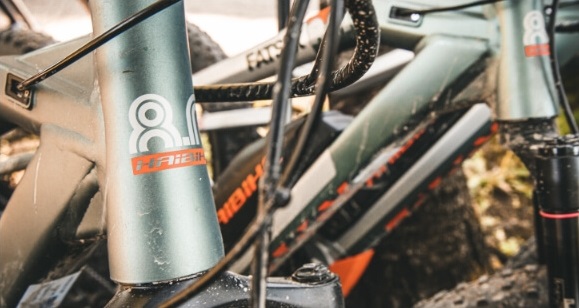
The starting point of the hike: Pirita Merivälja side parking lot
Parking: Pirita Seaside parking lot
Duration: day
Track length: approx. 20 km
Who is it for? For everyone from 12 years of age / height at least 155 cm. Athletic training is not necessary
What bike? Electric mountain bike or electric mountain scooter (make a choice when booking)
What to wear? Closed, comfortable shoes and layered clothing appropriate for the weather




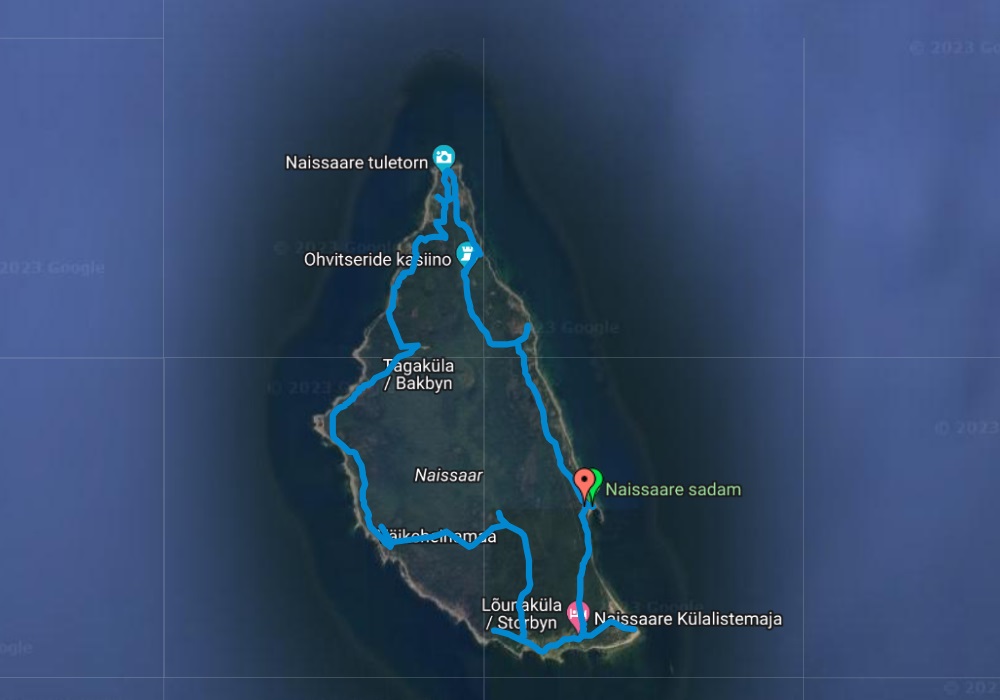
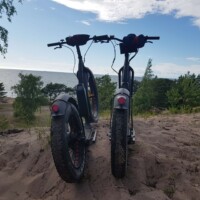

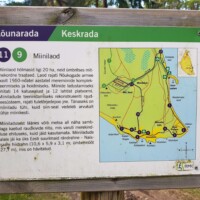
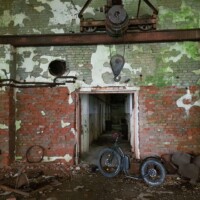
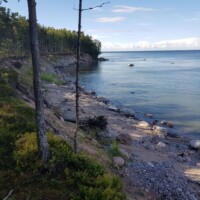
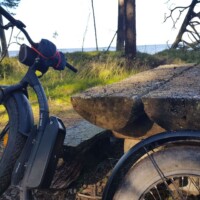
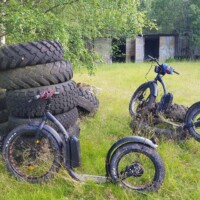
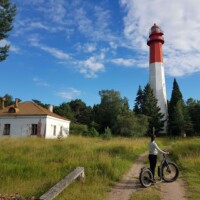
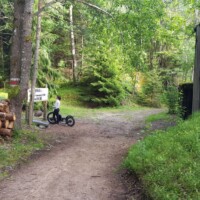
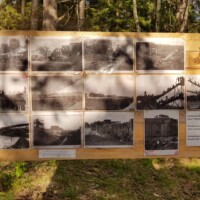
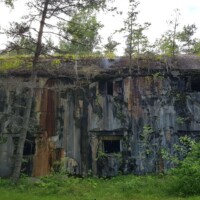
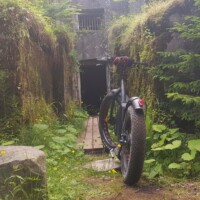
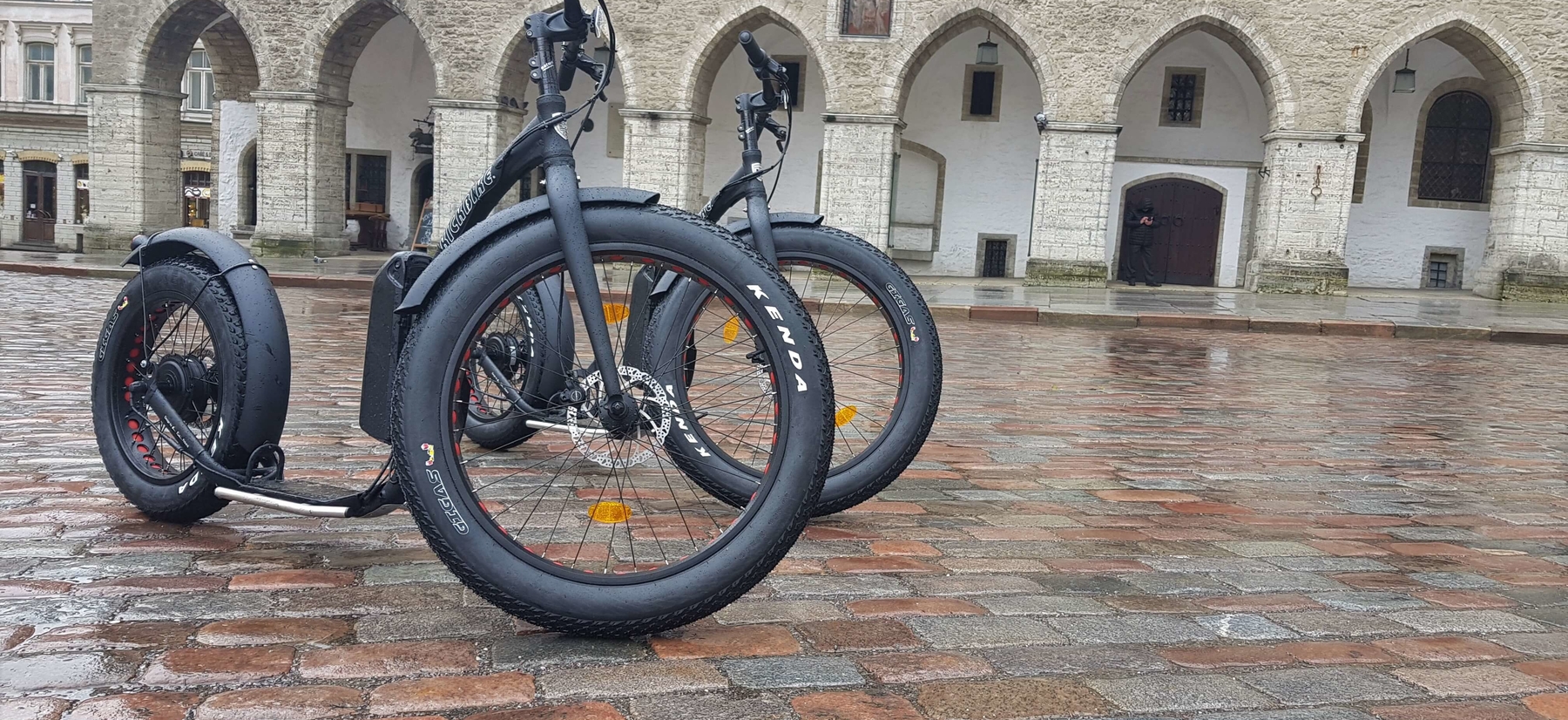

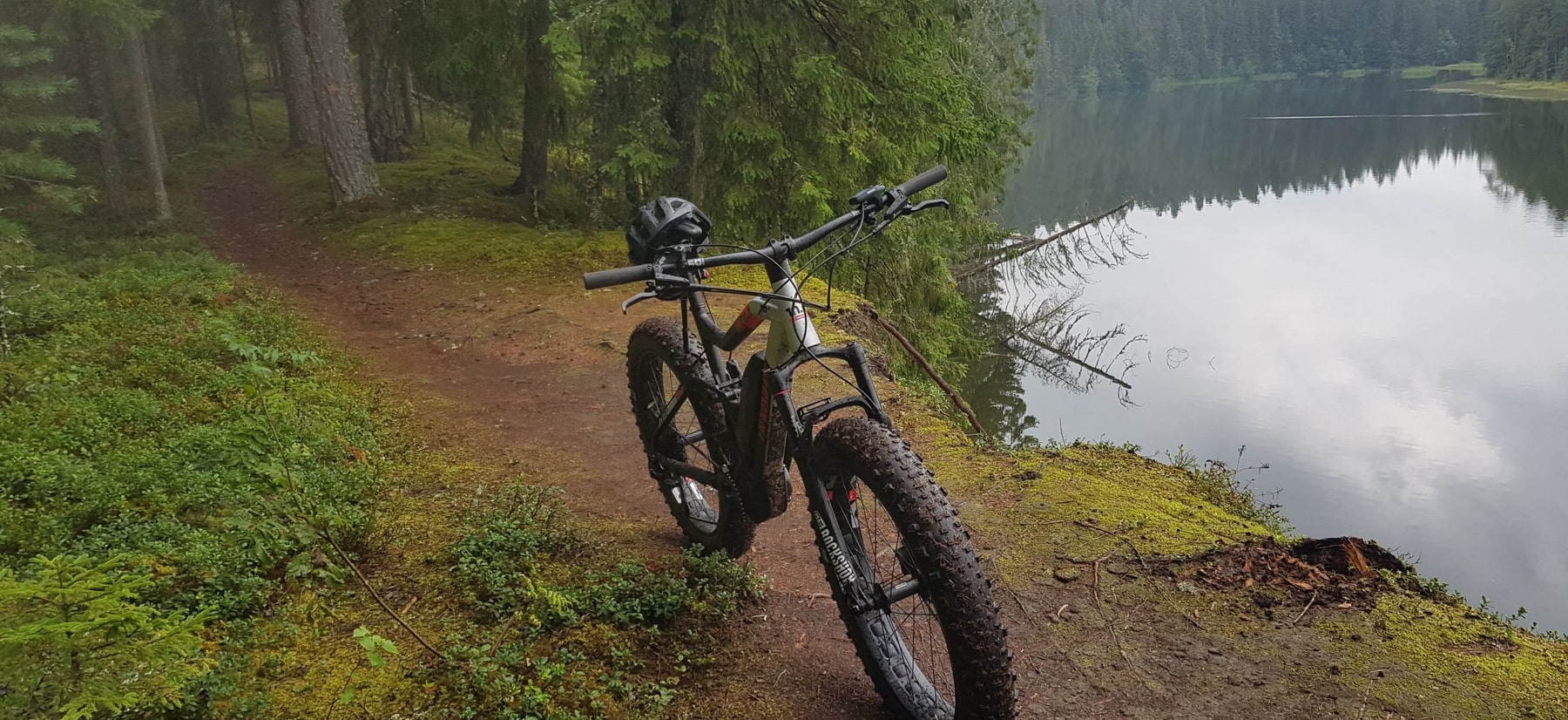
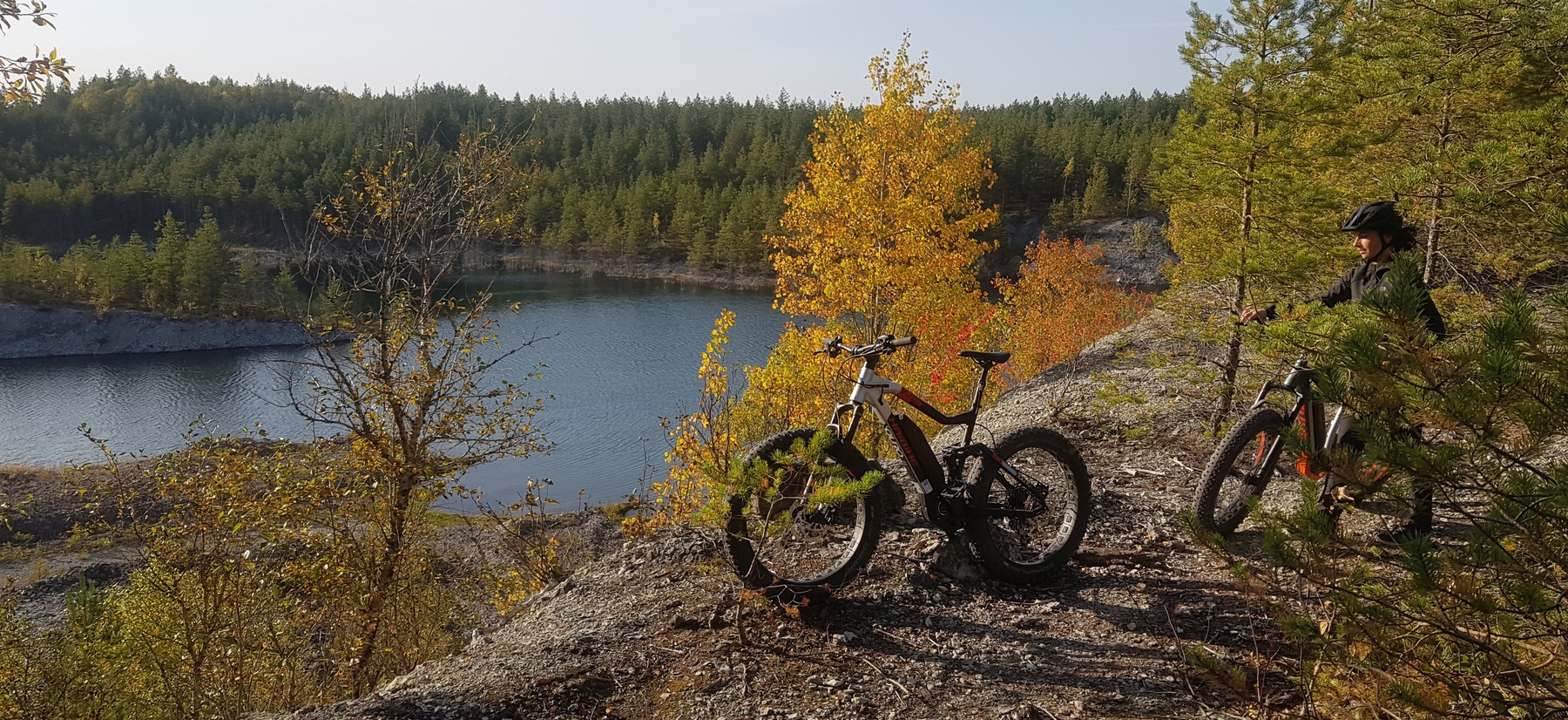




Reviews
There are no reviews yet.